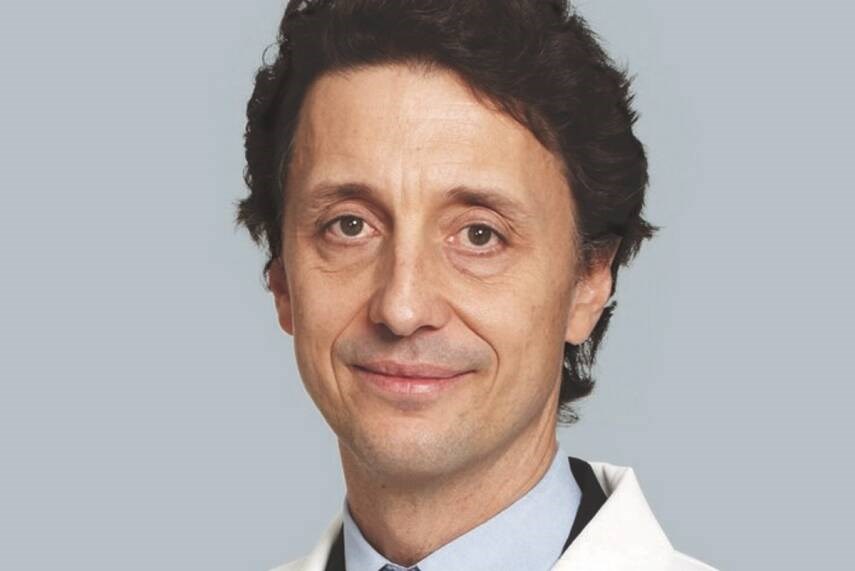Dear Dr. Roach: The results for my last bone density test show not only a T-score but also a Z-score. For my spine (L1 through L4), the T-score is -3.4, while the Z-score is -1.4. Can you please explain the difference between the two measurements?
I realize that I have osteoporosis; this is something that I have been dealing with for the past 20 years. Back in 2006, I took Actonel, then switched to Fosamax. In 2010, after using the FRAX calculator and speaking to my doctor, I stopped taking Fosamax. I was always a good milk drinker and am a little big-boned, so I am at a loss as to why I ever developed osteoporosis. Over the years, the diagnosis would switch between osteopenia and osteoporosis.
Four years ago, I switched to a whole-food, plant-based diet, and I no longer drink milk. I am thinking this may be the reason behind my poor T-score.
S.H.
A bone density test looks at the amount of minerals in the bone, and newer devices also give a “trabecular bone score,” which looks at the structure of the bone and provides additional information to help estimate the risk of fractures.
The T-score compares your readings against a healthy person of your sex at peak bone mass, about age 25 or so. It’s the better-studied number and the one we usually use to make the diagnosis of osteoporosis. (A score less than -2.5 is considered osteoporosis, while your score of -3.4 is considered severe osteoporosis.)
The Z-score compares you against an average person of your age and sex. So, an elderly woman might have a low T-score of -2.6 and a Z-score of 0, meaning that she has the expected bone loss of a woman of her age and still has osteoporosis. Since your Z-score is also low, well below zero, it suggests that there is an additional reason beyond age to explain your osteoporosis.
There are over 30 causes given in my textbook, including poor absorption (such as celiac disease), thyroid and parathyroid disease, use of steroids, and vitamin D deficiency. I very seldom see low calcium intake as a cause of osteoporosis, but you should definitely be considering calcium-fortified foods (such as vegan cheese and nut milks) or calcium supplements. Your doctor should also consider testing for common secondary causes of osteoporosis.
The decision to restart therapy should be guided by your current FRAX score, which combines clinical information about you with the results of your bone density test. After 14 years, you would benefit greatly from restarting treatment, which could mean bisphosphonates like Actonel or Fosamax, or other agents that work differently (and faster) like teriparatide.
Dear Dr. Roach: I am an active 58-year-old woman. I regularly work out with weights, walk, bike and play pickleball. I can do all of these things pain-free, but lately, when I kneel down, my left knee causes me intense pain. As soon as I get up, it goes away. It seems to be just under the knee cap. Any idea on what this could be or which kind of doctor I should see?
N.M.
This sounds like damage to the cartilage, such as a meniscal tear, which only hurts when there is pressure right on the damaged area. This should fall in the expertise of your regular doctor, but if it isn’t clear after an exam, a physiatrist or an orthopedic surgeon would be considered the experts in this case.
Dr. Roach regrets that he is unable to answer individual letters, but will incorporate them in the column whenever possible. Readers may email questions to [email protected]



